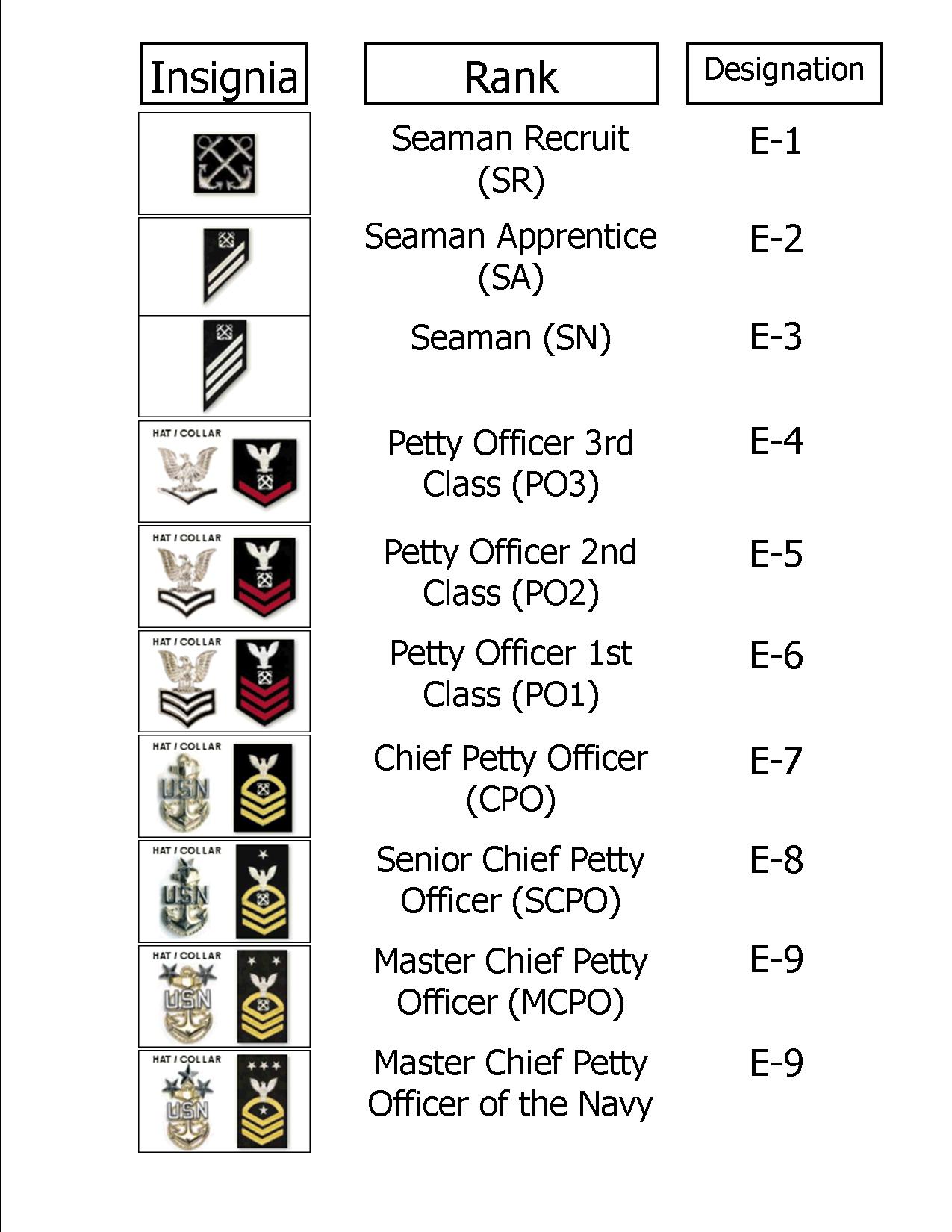
You won't even be considered for a USMC promotion until you meet these minimum thresholds, so you just have to wait. In most cases, you can't get promoted without meeting the TIS and TIG requirements. Marine Corps, there are a few things you can do: Be patient Marine Corps Ranks Explained How can I get promoted? Must complete either the SNCO Career Nonresident Program/SNCO Career Distance Education Program or the SNCO Resident Course, and SNCO Advanced Nonresident Program/SNCO Advanced Distance Education Program, and Warfighting Skills Program, and Staff Noncommissioned Officer Advanced Resident Course Must complete the Senior NCO (SNCO) Career Nonresident Program/SNCO Career Distance Education Program and the Warfighting Skills Program Must complete the Senior NCO (SNCO) Career Nonresident Program/SNCO Career Distance Education Program Gunnery sergeants indicate on their annual evaluations their preferred promotional track: Master sergeant or first sergeant Must complete the Marine Noncommissioned (MCI) Course, Noncommissioned Officer Basic Nonresident Program or the Sergeants Nonresident Program/Sergeants Distance Education Program Staff noncommissioned officers must also complete certain educational and training programs. Points are awarded in the following categories: Marine Corps uses a point system to determine which members are best suited for a promotion beyond the lance corporal rank.

The higher the rank, the more additional requirements that must be met. First, you need Time-in-Service (TIS) (the total amount of time you've been in the Marines) and Time-in-Grade (TIG) (the amount of time you've been at your current level). Marine Corps, you must meet certain requirements. Related: What Are the Branches of the U.S. The Commandant of the Marine Corps convenes a promotion board during which time they look at the vacancies and decide who gets promoted. Promotions for staff sergeant to sergeant major, with pay grades E-6 through E-9, typically happen once a year. This would then have a ripple effect down through the ranks, affecting ranks from sergeant to lance corporal.

Marine Corps, and the same goes for all the levels above corporal.įor example, if a gunnery sergeant retires, it clears a spot for a staff sergeant to move up. A Marine lance corporal cannot get promoted to corporal unless there is an opening within the U.S. Marines goes strictly by the numbers needed in the higher ranks. For the first three ranks, promotions happen automatically once you meet the standard requirements.Īfter that, promotions happen based on need and suitability. Each time you are promoted, you move up a pay grade, from E-1 to E-2, etc., up to E-9, or a sergeant major. Pay grades may be the same for several ranks based on time in service.

The designation after the title denotes the rank’s pay grade. When you join the Marines, you begin as a private at the E-1 pay grade. Marine promotions work, the criteria for promotions and what you need to do to get one. This precise structure determines exactly what you need to do to move up through the ranks as an enlisted U.S. While similar to the concept of private sector promotions, advancement in the USMC is more specific than most. Based upon certain criteria–which include time in service and value of work–you can move up through the ranks to better-paying, higher-responsibility positions. Marine Corps (USMC) promotion structure is a highly organized multi-rank system for enlisted U.S.


 0 kommentar(er)
0 kommentar(er)
